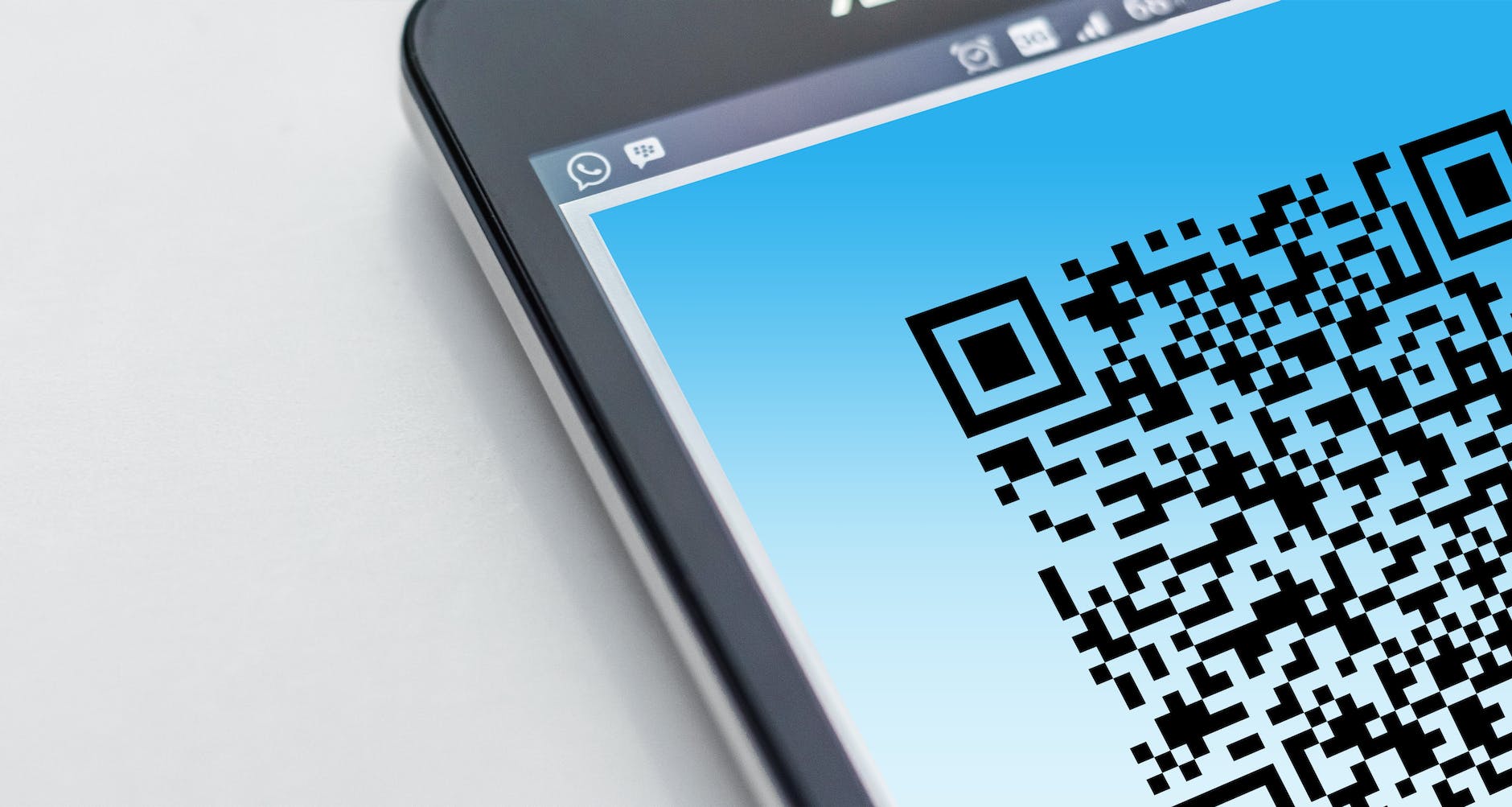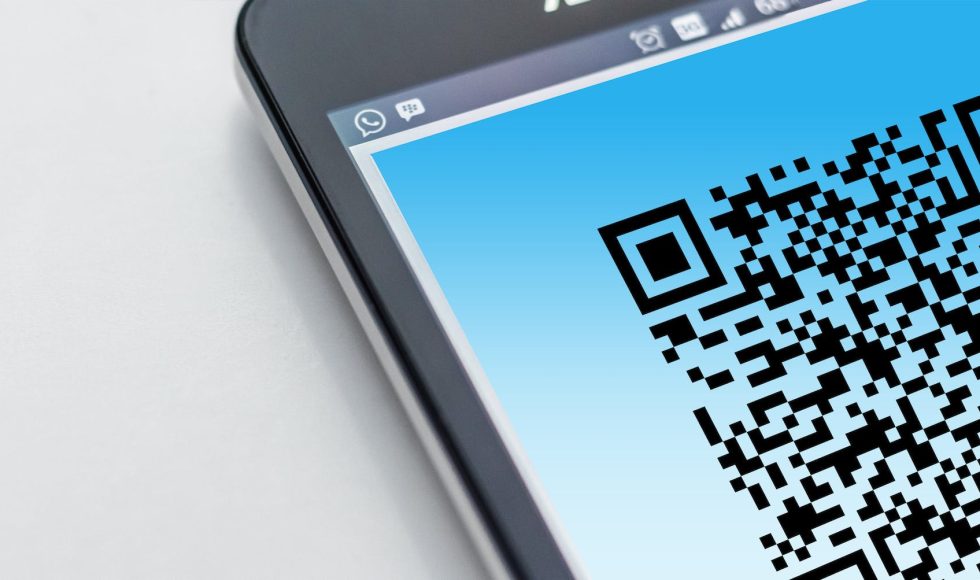Dr. Sudha Moorthy from the University of the Sciences in Philadelphia presented “Chasing Zebras: Infectious Diseases Made Fun.” This was a ten-minute recorded session at ASMCUE 2022. This is because “medical students are taught that when they hear hoofbeats, they should think horses, not zebras.” Moorthy spoke about Dr. House and his ability to chase zebras and using this idea to generate activities with students. I agree with Moorthy that medical microbiology is information rich and often requires memorization that is challenging. The activity Moorthy designed to engage students has three components: a worksheet, a case study build up, and an in-class game. The worksheet includes questions and a reference spreadsheet Moorthy creates. Based on the student answers, they then develop a case study. Groups of students share drafts with Moorthy. The last stage is playing the game: the audience is given access to the reference spreadsheet and are presented with the student-generated case. This activity was implemented in a first- and second year course. Moorthy explained that the activity addresses several student learning outcomes and provides diverse examples. I love how fun this activity seems and how it engages students in research and the creation of reference materials and cases. This may be something I can use in the outbreak course next year.
Another recorded session I watched was entitled “Clinical Microbiology Laboratory Simulations using QR-codes are Met with High Engagement” with Xyanthine Parillon from the University of Houston Downtown. Parillon explained that quick response (QR) codes are being used in clinical education as a tool to assess engagement. For example, QR codes can link to questions and learning objectives. Parillon created questions related to the outcomes, implemented questions into QR codes, and developed lab activities. The codes provide rich information about engagement. Parillon shared data from an anatomy course. Several quantitative and graph analysis skills are exercised with this type of activity. Parillon shared a graph of the day of the week and engagement and another one of time and activity. The QR codes provide information about where people are engaging from and what devices are being used to access the QR codes. There are so many resources QR codes can enhance. Chemistry labs here have used them to include instrument information. I have used them for sampling instructions and flyers. What else could we use QR codes for?



